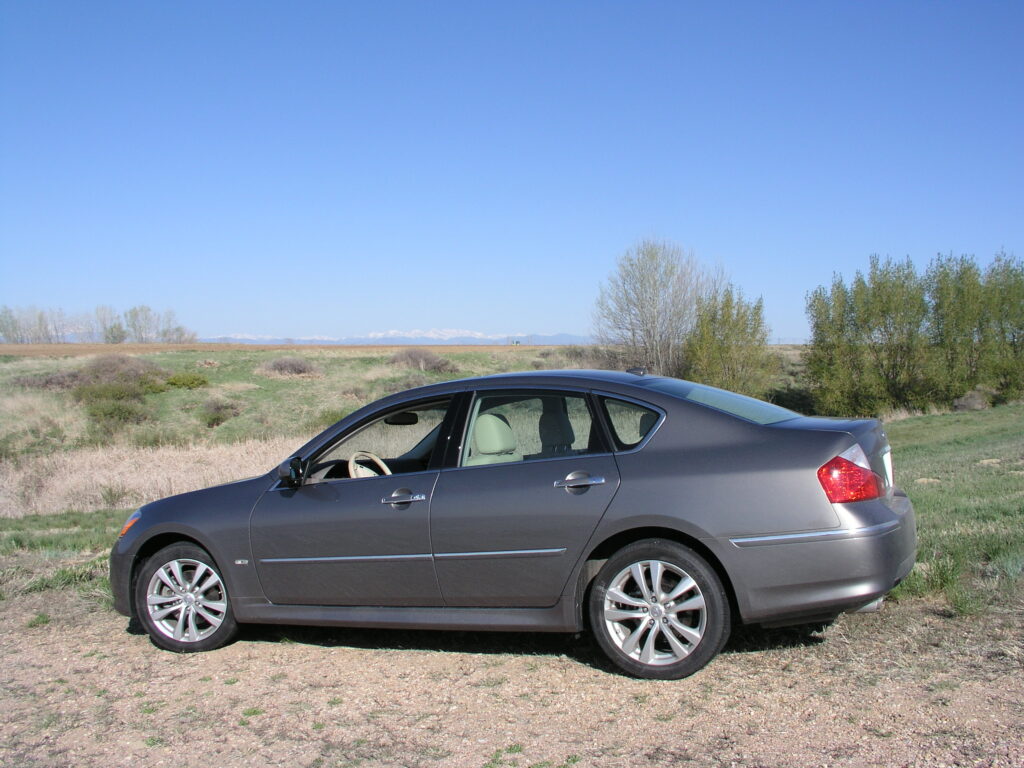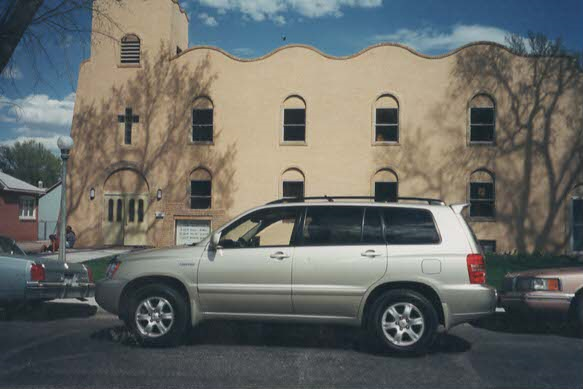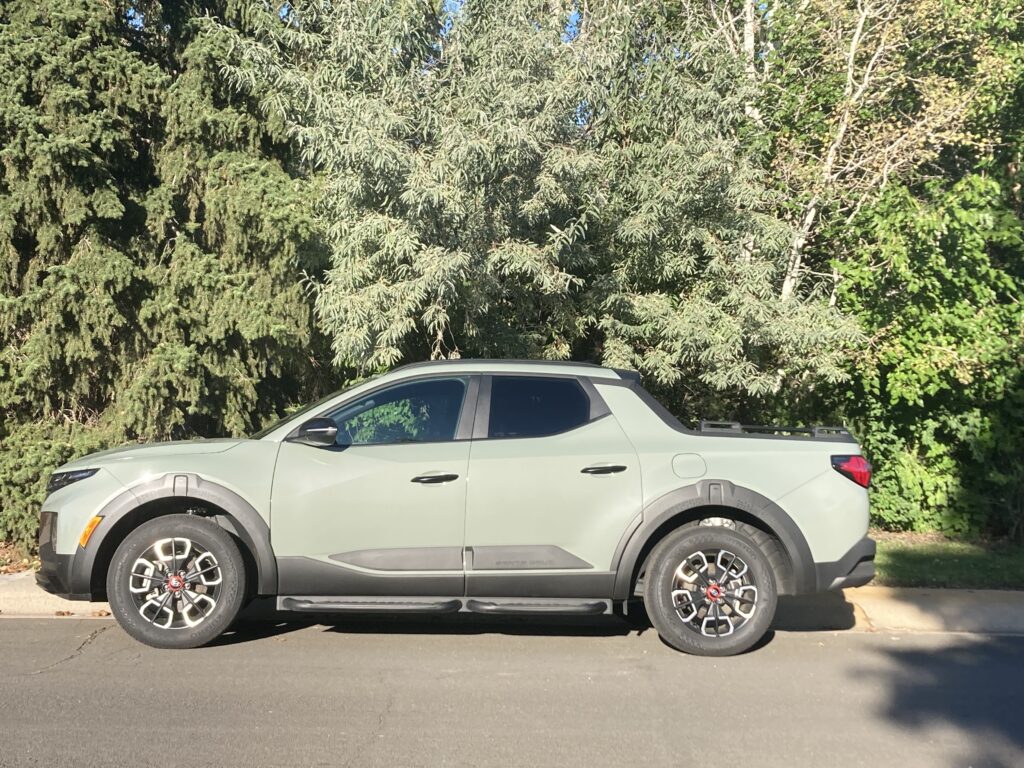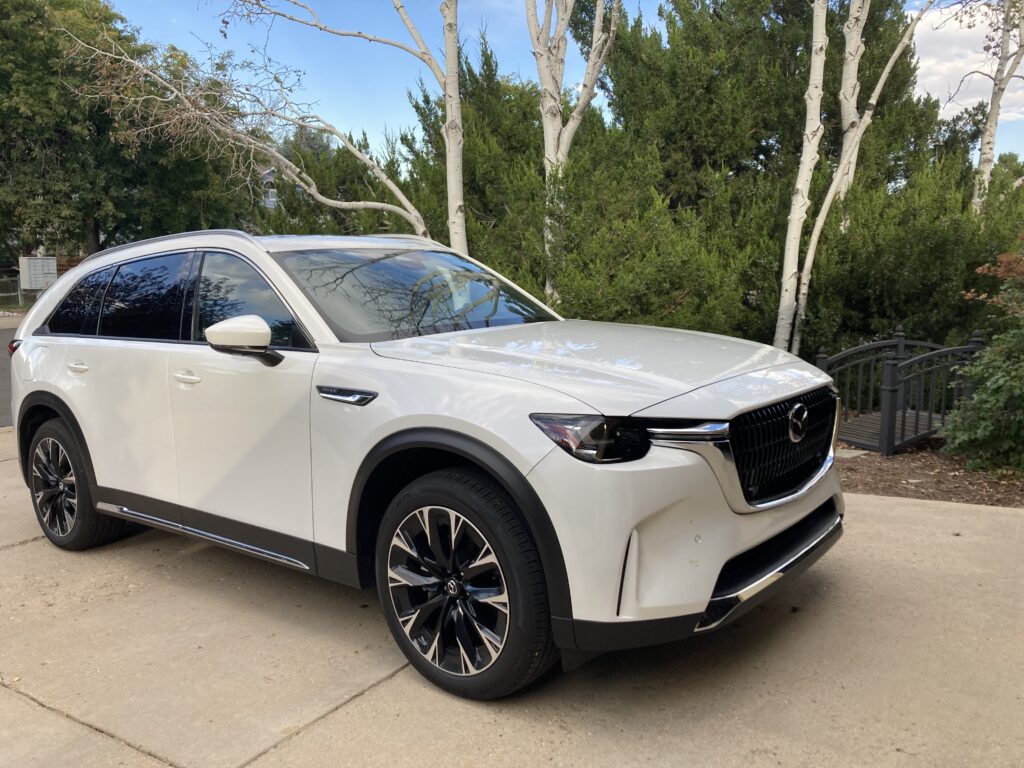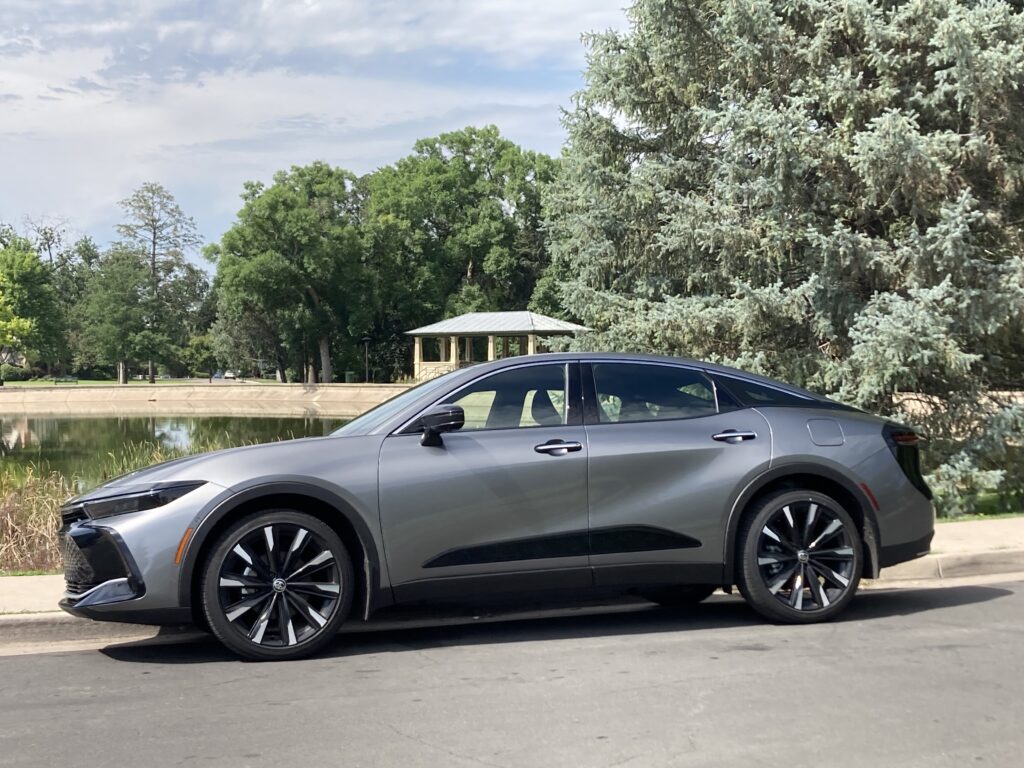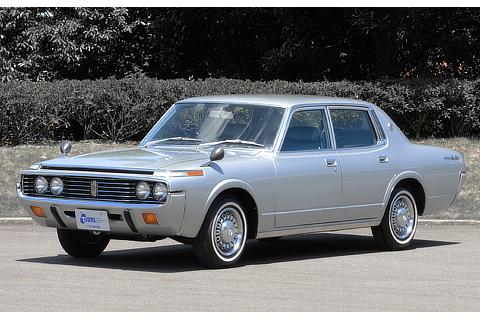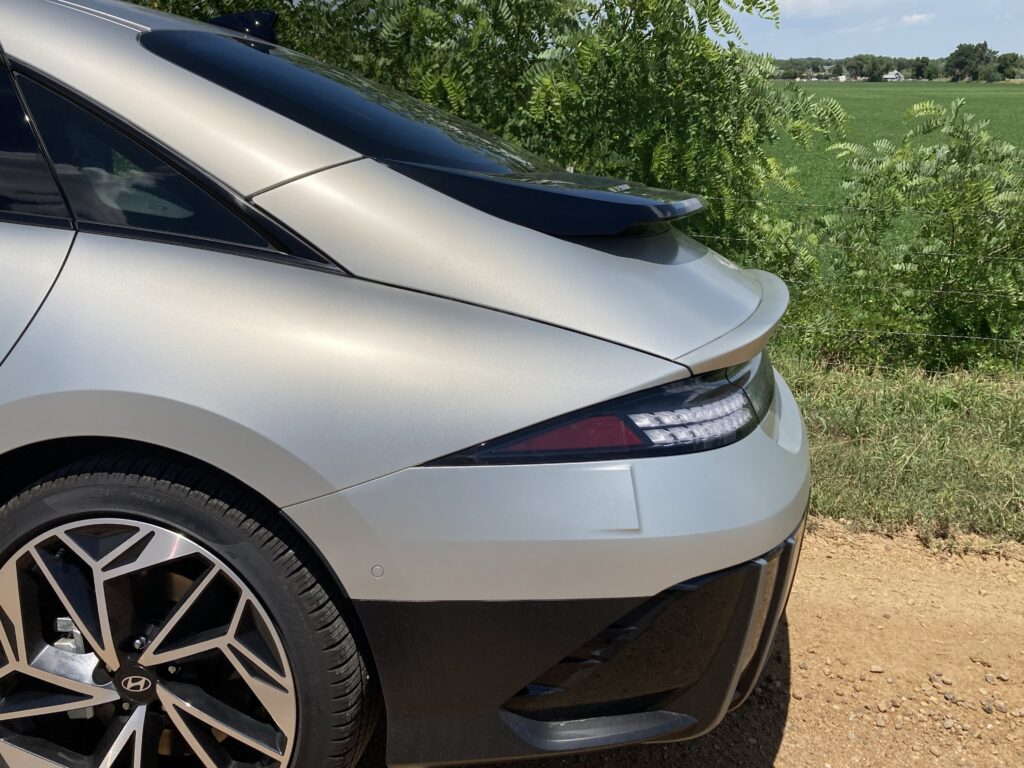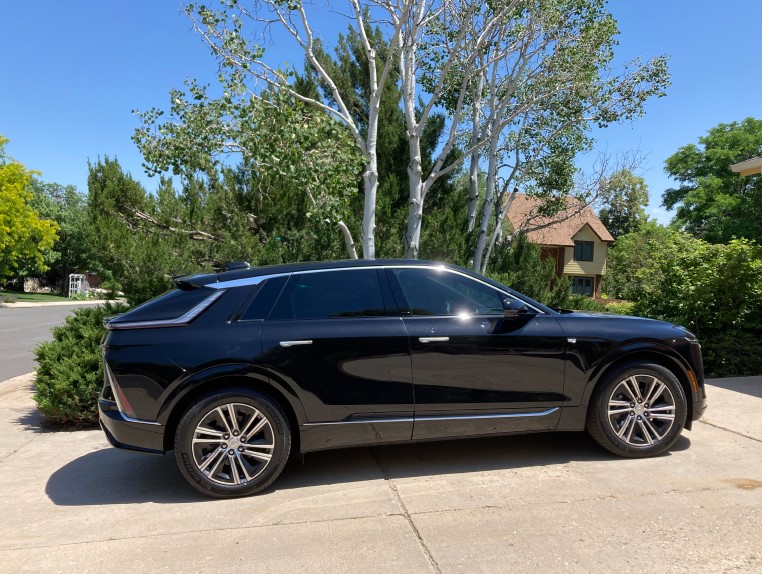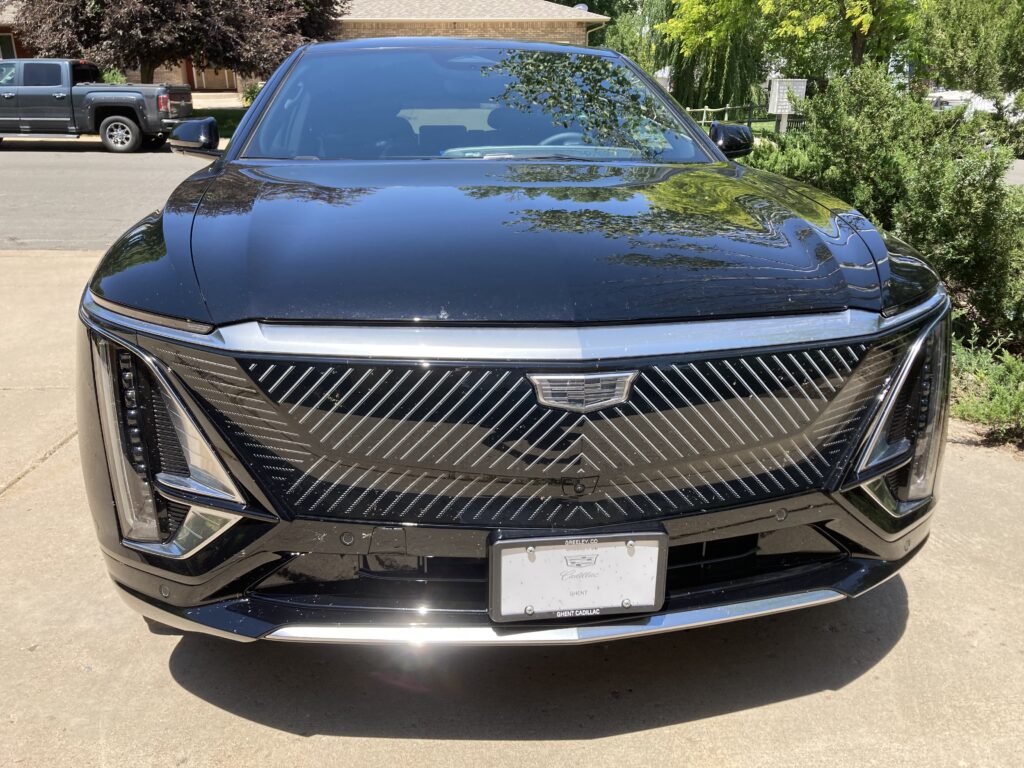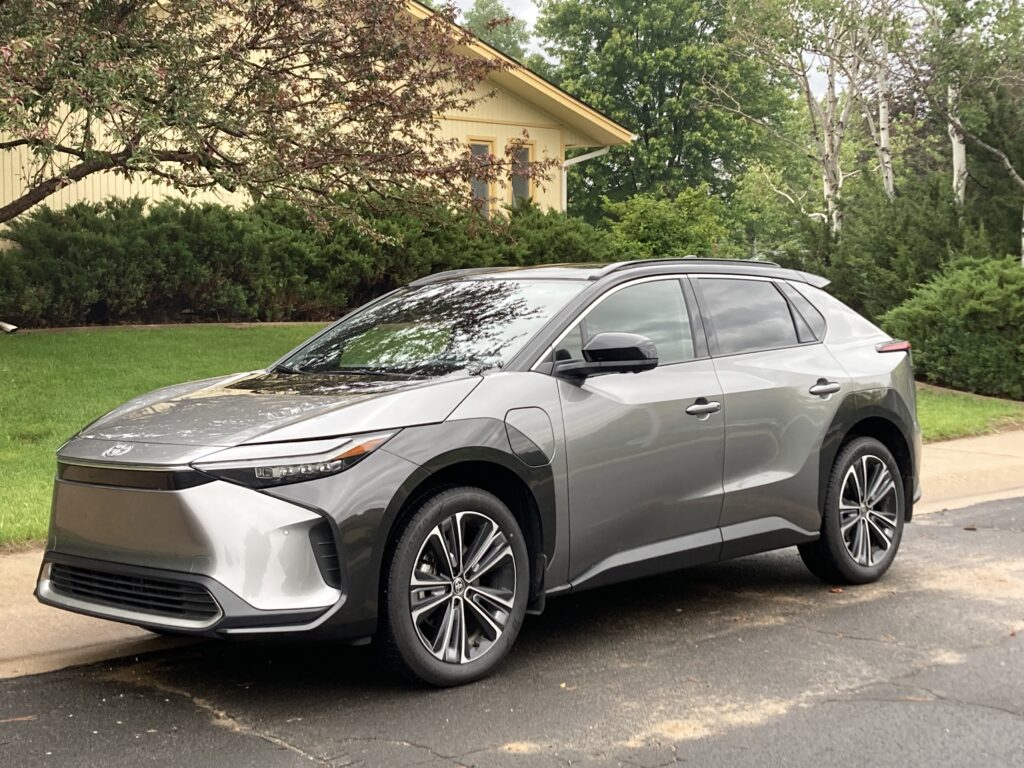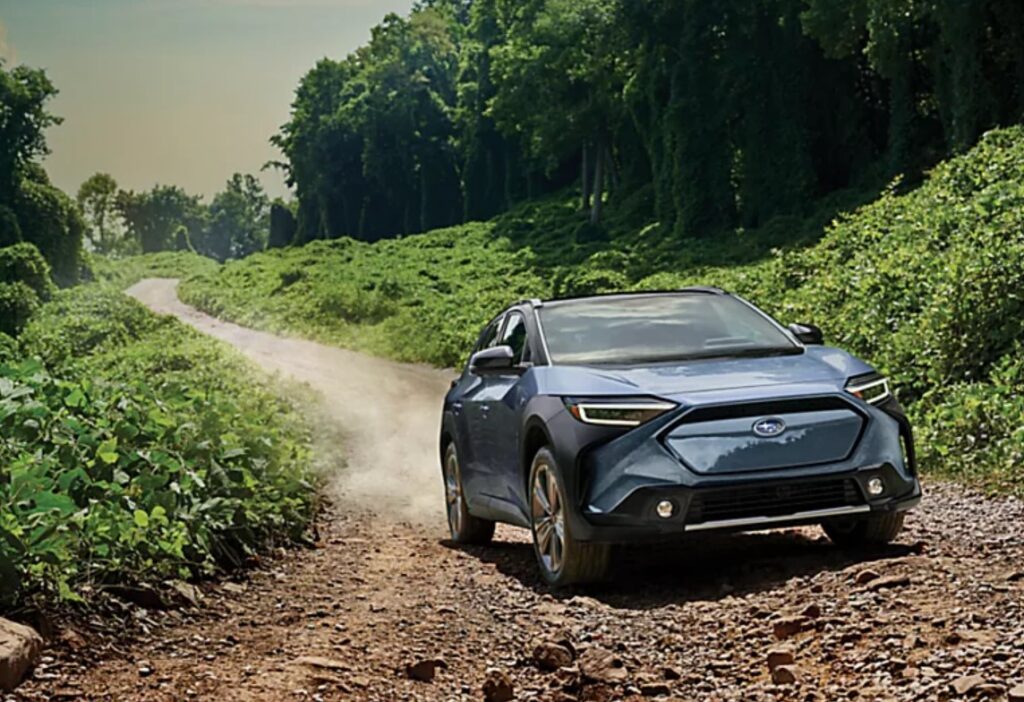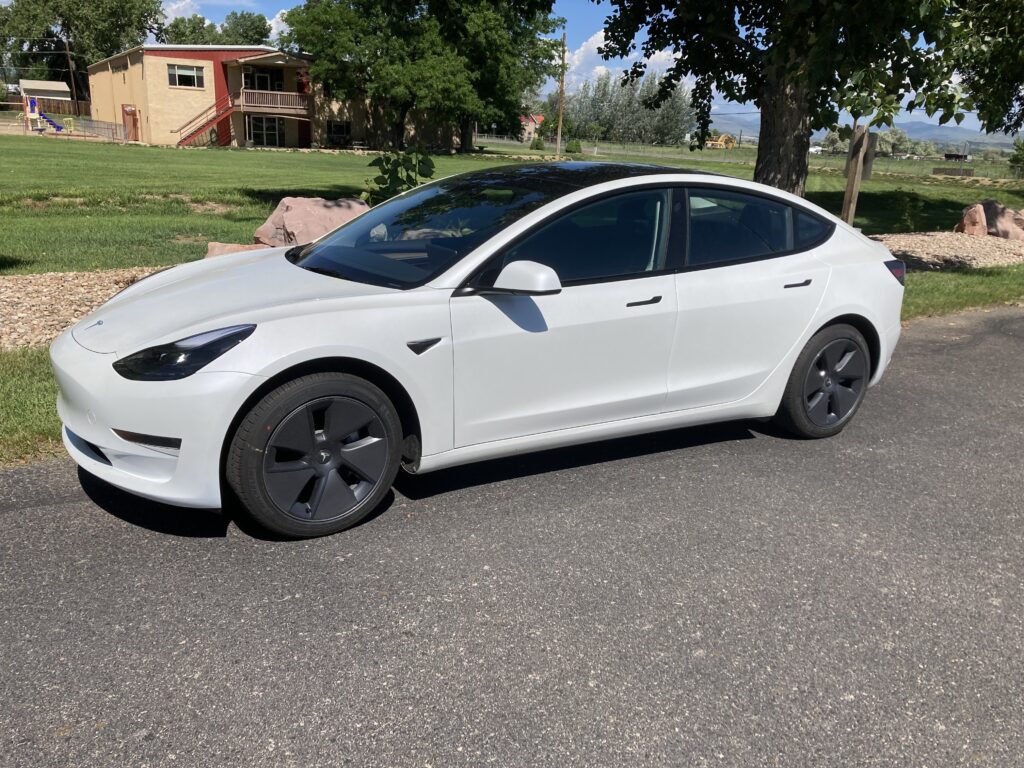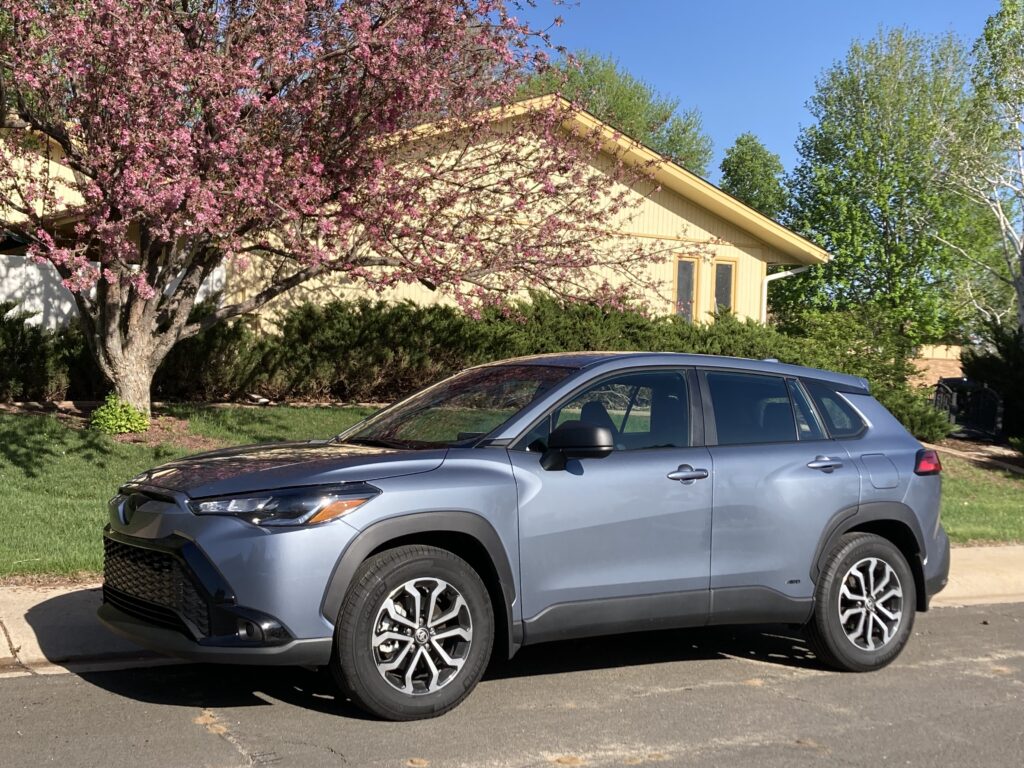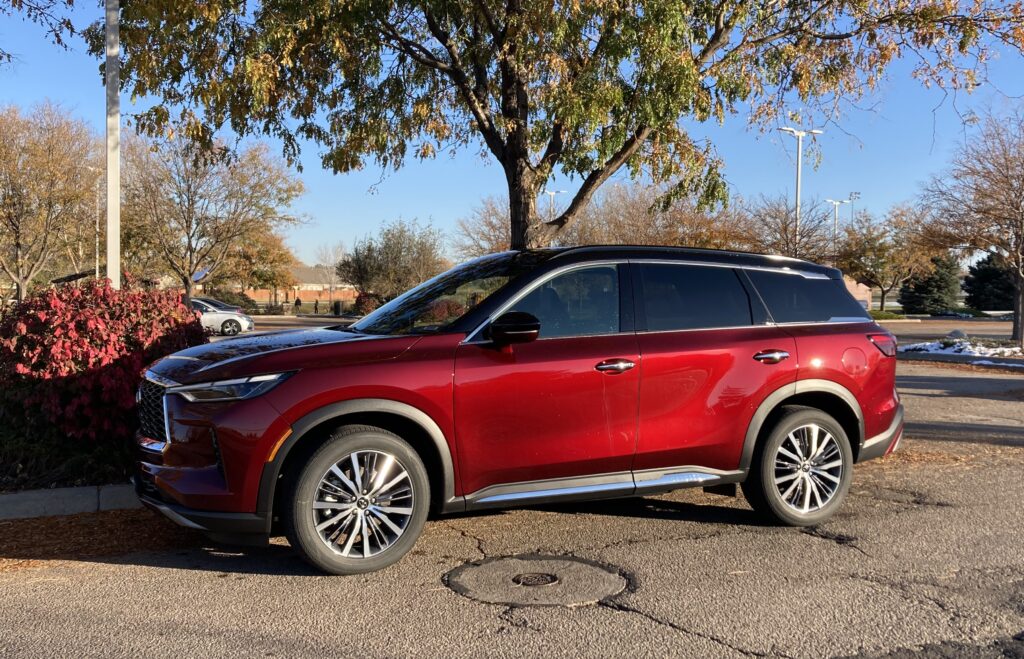
The week after testing the new Rock Creek trim of the Nissan Pathfinder, we enjoyed the luxury division’s offering from the same platform, the 2024 Infiniti QX60 midsize SUV crossover.
Similar underpinnings, yes, though while those who promote the Pathfinder make mention of its somewhat rugged capabilities, the Infiniti is marketed for its smoothness of operation and luxurious interior.
The reality of that edge in ride and style is summed up at sticker price. Infiniti QX60 AWD range of prices is roughly $52,000 to $70,000. The Nissan Pathfinder’s AWD pricing goes from $38,000 to $55,000. The high-end Autograph trim of the Infiniti I drove was stickered at $69,445; the Pathfinder Rock Creek $45,920.
Smooth power, particularly in low-end acceleration, is on the mild level from Infiniti’s 3.5-liter V-6 engine, 9-speed automatic transmission and Intelligent all-wheel drive. Tow capacity is 6,000 pounds for the 295-horsepower crossover with wheelbase of 114.2 inches, overall length of 198.2 and curb weight of 4,657 pounds. The QX60 averaged 23 miles per gallon in a 50/50 split of city and highway driving. The Pathfinder of the previous week was equipped with the identical 3.5 engine; its overall average was 21.9 mpg.
Throttle and shift controls are adjusted by drive-mode selection between personal, sport, auto, eco or snow. Sport selection pepped things up a bit. ProPilot assist with navigation link, along with traffic-sign recognition and intelligent cruise control add safety and confidence.
A muscular bumper below a distinctive grille is out front of the beautifully finished deep Bordeaux (red) exterior. Seats and lower dash in the three-row QX60 are dressed in quilted, durable semi-aniline leather; driver and front-passenger seat are heated/ventilated with massaging feature. Second-row seats tilt and slide to provide access to the third row. Other highlights are panoramic moonroof, 12.3-inch infotainment display with Bose Performance 17-speaker audio system, rear-door sunshades and ash-wood trim.
The QX60 accounts for almost half of Infiniti’s sales, though the brand has five other models. Major competitors of the QX60 in the luxury field are the Acura MDX, Buick Enclave, Cadillac XT6 and Lincoln Aviator. Though Infiniti has jumped in sales through the first nine months of 2023, its total of 48,830 trails Buick’s 124k, Acura’s and Cadillac’s 110k each and Lincoln’s 59k.
Based on surveys of luxury consumers, part of the sales lag for Infiniti is lesser engine response than the others; some of that reaction might be overcome with a new model for 2025 – a QX65 two-row crossover with coupelike styling, with possibility of turbocharged power. Its fastback body would apparently be of the same platform as the QX60. It would compete with the BMW X6 and Audi Q8.
Twenty years ago, 2003, Infiniti sold almost 119,000 vehicles. Sedans were in favor then and half of Infiniti’s sales were by the G35 car. The Japanese-based company launched its U.S. sales in 1989 with a Q45 sedan and M30 coupe.
